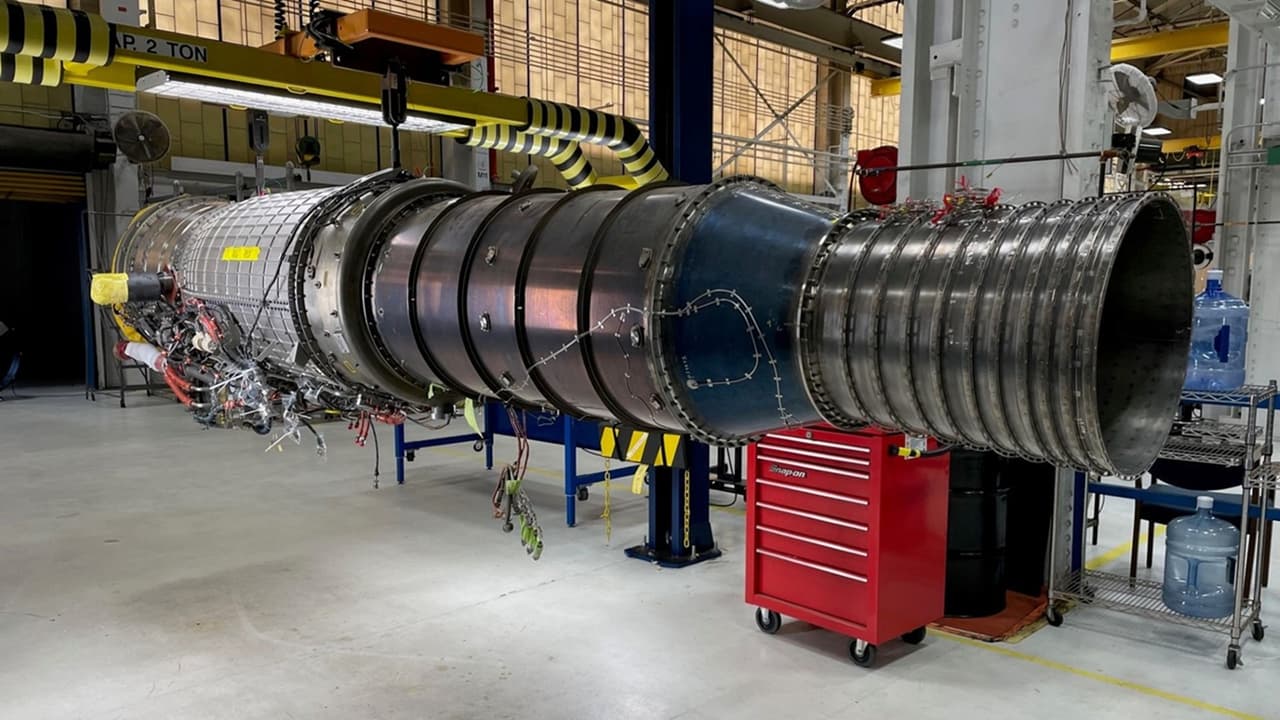Making fighter jet engine is a very complex task, which requires advance metal, state -of -the -art technology, accurate construction and strict testing. The delay in the native Cauvery engine was due to technical challenges and testing deficiencies, but now its test is in the final stages.
Fighter jet engine india: In his speech of Independence Day, Prime Minister Narendra Modi has called for making the engine of fighter aircraft in India. Our country today is a big force in the field of space. We have missiles like Agni and BrahMos, but do not have the ability to make fighter aircraft engines. It is not that efforts were not made in this area. The Cauvery engine has been working for a long time, but it has not yet been able to give strength to the fighter jet. We are making indigenous fighter jet Tejas, but depending on another country for its engine. In such a situation, the question arises that why is it so difficult to make a fighter aircraft engine?
What obstacles come in making fighter jet engines
Today, the ability to make fighter jet engines is with the US, Russia, France, Britain and China. This is a very critical technology that no country is ready to give to another. Creating these engines is one of the most complex and challenging works in the aerospace industry.
One of the biggest obstacles in creating fighter jet engines is the development and acquisition of advanced materials. These engines work under temperatures and excessive pressure above 1500 ° C. Light, strong, durable and heat tolerating materials are required to prepare them. The development of materials such as single-crystal superloy or ceramic matrix composite is time consuming and expensive.
Not a single deficiency can be kept in preparing fighter jet engines. If there is a slight deficiency, it can prove to be destructive. Advance manufacturing technology such as 5- Axis CNC machining and additive manufacturing (3D printing) is required to obtain such accuracy. Maintaining uniformity in production on a large scale is a challenge.
Complex supply chain
The supply chain of fighter jet engines is huge and complex. It includes many suppliers from all over the world. They give important parts. Ensuring quality and reliability of each part is a big task. Supply chains can affect the engine-making program (be it caused by geopolitical issues, natural disasters or quality control problems).
Testing and quality investigation
Fighter jet engines have to undergo rigorous tests and quality checks. Each of its parts and systems are investigated in depth. This determines that he can withstand the stresses faced during the part fight. This includes tolerance tests, examining heat tolerating ability and performance assessment in various situations. These tests are expensive and time taking time. These are necessary to fix the reliability and security of the engine.
Innovation and Technology
To make the engine of the fighter aircraft, the most important is the technology to do so. It also has to be innovated continuously. There is a demand for an engine that produces more powerful, efficient and low heat. Due to this, manufacturers have to continuously innovate. Adequate research and development is required to include new technologies such as adaptive bicycle engine or hybrid-electronic propulsion system. For this, big investment has to be made.
What is the Cauvery engine?
The Cauvery engine is the engine being made for the fighter aircraft. It is being developed indigenously by gas turbine research establishment (GTRE) under DRDO. It is a low bypass with an 80 kilonuton (KN) thrust, twin spool turbofan engine. The Cauvery project was launched in India in the 1980s. It has not been ready till date.
Why was it late to develop a Cauvery engine?
The Cauvery engine was first to be installed in the Tejas fighter jet, but in 2008 the engine had to be separated from Tejas due to technical challenges. It could not get the necessary thrust-to-weet ratio. It had problems with metallurgy deficiencies, afterburner performance and reliability at a lot of temperature.
If the Cauvery engine could not meet the needs of Tejas MK1, it was decided to buy the GE F404 engine made in the US for this aircraft. Apart from technical challenges, there is a lack of facilities for the test of such engines in India. India has to depend on Russia for a Cauvery engine test. It is late.
What is the current status of the Cauvery engine
The Cauvery engine is undergoing a flight test in Russia. About 25 hours of test remains. This engine is now being used to give strength to India’s indigenous long distance unmanned fighter air vehicles (UCAVs), such as deadly stealth drones.
